Capturing sharp, well-composed images of fast-moving wildlife is one of the most challenging aspects of photography. Whether you’re tracking birds in flight, sprinting mammals, or leaping amphibians, the right techniques, camera settings, and preparation are essential to freezing the action with clarity. This guide will help you master the art of photographing fast-moving wildlife with precision.

1. Photographing Fast-Moving Wildlife with Fast Shutter Speeds
To ensure sharp images, adjust your shutter speed based on the subject’s speed:
- 1/2000s or faster – Ideal for birds in flight and fast-moving animals.
- 1/1000s to 1/1600s – Suitable for active but slightly slower subjects.
- 1/500s – Works well for moderate movements like walking or head turns.
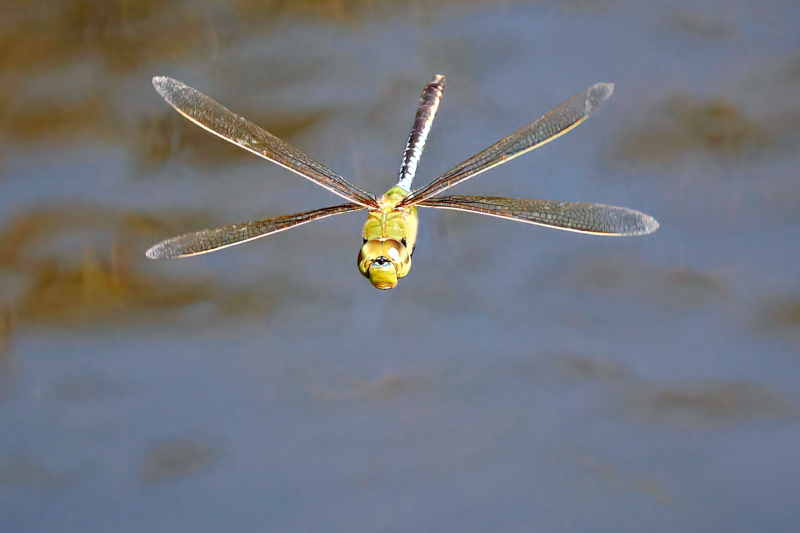
2. Master Autofocus for Photographing Fast-Moving Wildlife
Fast-moving wildlife requires a reliable autofocus system to maintain sharpness:
- Continuous Autofocus (AF-C or AI Servo) – Tracks subjects dynamically.
- Dynamic/Zone AF or Expand AF Points – Helps focus on erratic motion.
- Back-Button Focus – Prevents accidental re-focusing while tracking movement.
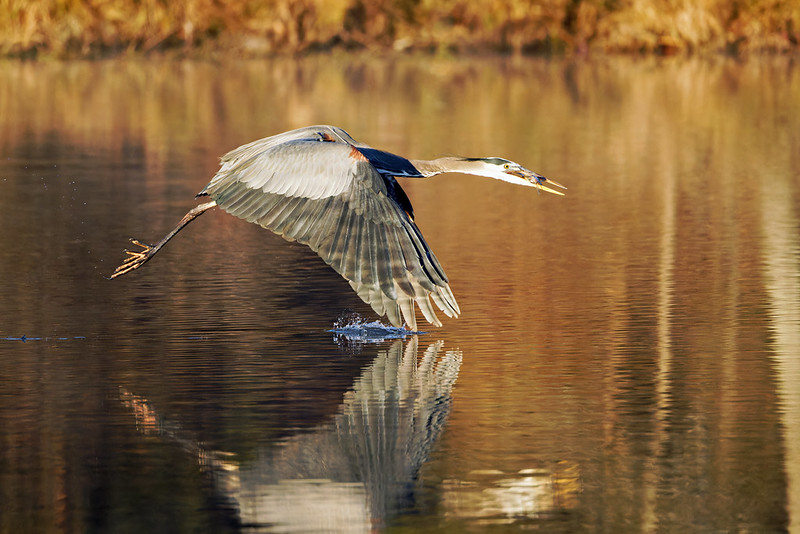
3. Adjust ISO and Aperture for Fast-Moving Wildlife Photography
Maintaining a well-exposed image while freezing movement requires careful balancing of ISO and aperture:
- Auto ISO with a manual cap (e.g., max ISO 3200) keeps shutter speed high without excessive noise.
- Aperture f/5.6 – f/8 – Strikes a balance between subject sharpness and background separation.
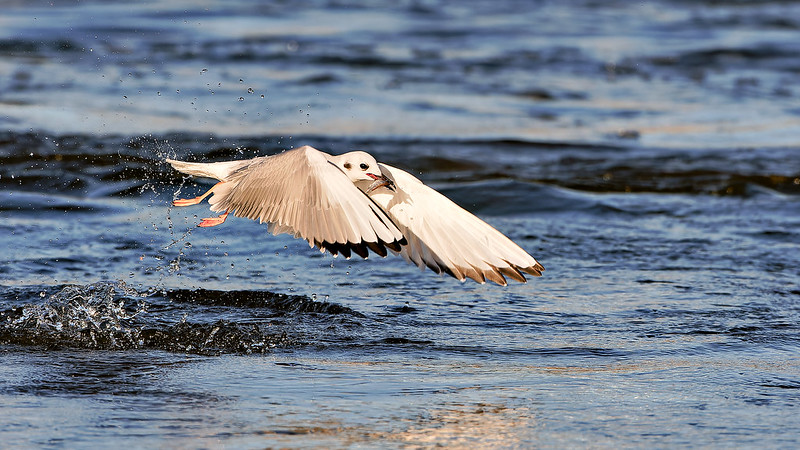
4. Predict Animal Movements for Better Wildlife Action Shots
Understanding wildlife behavior can dramatically improve your timing and composition:
- Study animal behavior – Predict the right moment to capture decisive action.
- Pre-focus on a target area – This ensures you’re ready when the subject enters the frame.
- Use burst mode (continuous shooting) – Capture multiple frames per second to increase your chances of a perfect shot.
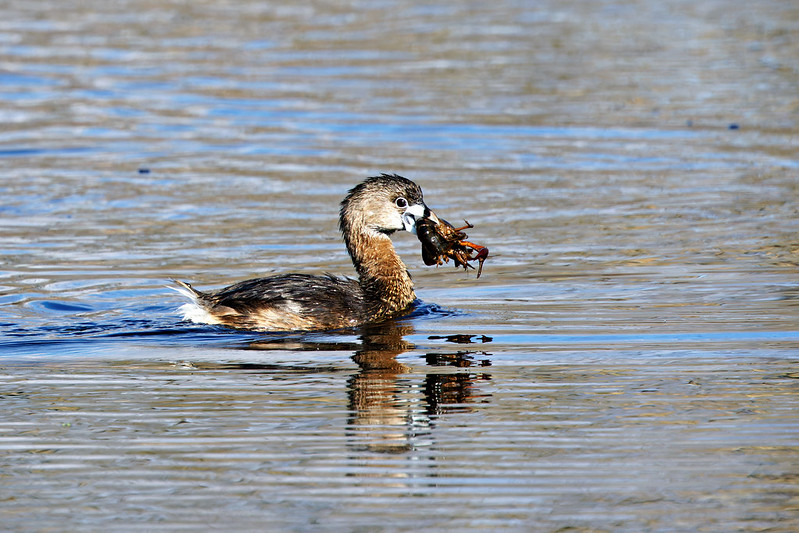
5. Improve Stability for Sharp Fast-Moving Wildlife Photos
Motion blur can ruin an otherwise great shot, so stability is key:
- Use a monopod or tripod with a gimbal head – Provides smooth tracking and reduces strain.
- Handhold with proper technique – Brace your elbows and maintain a steady grip to minimize shake.
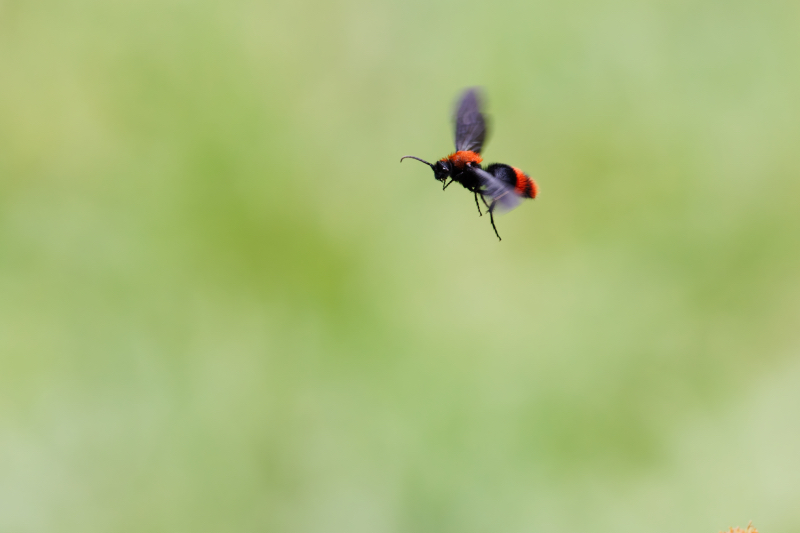
6. Find the Best Angles for Photographing Fast-Moving Wildlife
Framing your subject effectively enhances the impact of your shot:
- Shoot at eye level – Creates an immersive and engaging perspective.
- Select a contrasting background – Helps separate the subject from distractions.
- Utilize good lighting – Avoid harsh backlight unless using it creatively for silhouettes.
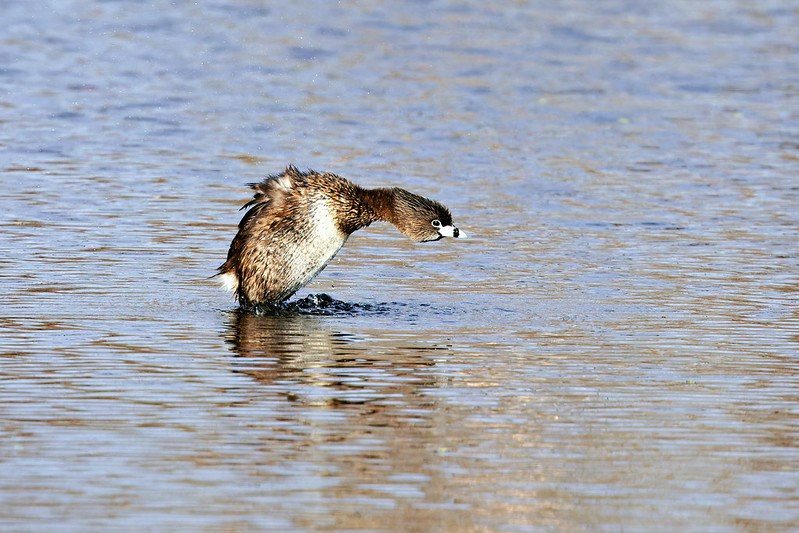
7. Edit and Enhance Fast-Moving Wildlife Photos in Post
Fine-tuning your images in post-processing can enhance details and visual appeal:
- Sharpen selectively – Emphasize motion details without over-processing.
- Adjust contrast and clarity – Make the subject stand out.
- Crop strategically – Improve composition while retaining a sense of movement and speed.

Final Thoughts
Photographing fast-moving wildlife requires a blend of technical skills, patience, and adaptability. By mastering high shutter speeds, advanced autofocus techniques, and thoughtful positioning, you can capture dynamic and compelling action shots that showcase the energy of wildlife.
Next topic: Forest Wildlife Photography: Tips for Captivating Images
